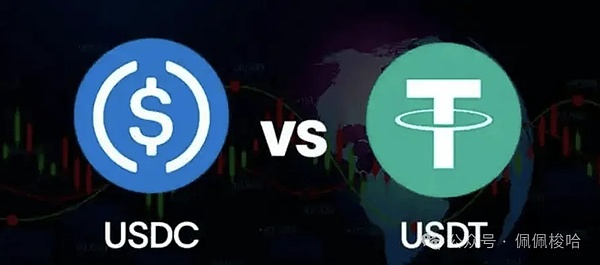
The EU's move to delist USDT (Tether) will undoubtedly have a profound impact on the cryptocurrency market. This decision is not only related to the fate of USDT within the EU, but also affects the nerves of the entire cryptocurrency ecosystem.
Tether (USDT), one of the world's leading stablecoins with a market capitalization of US$139.7 billion, may not be available until December 30, 2024 , I can no longer survive in the EU.
USDT’s influence cannot be overemphasized. It is much stronger than the juniors like Circle, and even giants like Nike and UPS cannot compare with it. From small tech companies in Argentina to big investors on Wall Street, USDT is used all over the world. But why can’t it survive in the EU? To put it bluntly, the European Union has a new MiCA rule that requires stablecoins like USDT to abide by the rules, obtain a license, and submit a white paper. But as for USDT, people just didn’t listen, and the result was—it was banned! This is not a small matter. Liquidity will decrease, volatility will increase, and institutions that want to play well will also have a headache. You see, Circle is smart. It embraced MiCA early, obtained a license in Paris, and promoted USDC as a compliant and safe new choice. In this way, the Euro stablecoin will become popular, and USDC will also take off. MiCA has paved the way for the future of web3, but this wave of USDT operations is hard to understand. Did it not take a fancy to the EU, or did it deliberately avoid supervision and develop elsewhere? We EU users and investors should keep our eyes open. When choosing a stablecoin, you have to look at compliance, security, and trust, not just the exchange rate. This is a major event related to the future of our crypto world. If you have USDT in your hands, or are planning to try stablecoins, you should consider USDC. This is a compliant and future-oriented new choice. Don’t wait until you are banned before you regret it
How many people know the difference between USDC and USDT?
USDC (USD Coin) and USDT (Tether) are both stablecoins pegged 1:1 to the U.S. dollar, but they differ in many aspects:
p>1. Issuing entity and supervision:
USDC is jointly issued by Coinbase and Circle, and is subject to U.S. financial regulatory agencyThe supervision of institutions is highly transparent.
USDT is issued by Tether Limited and has historically had many transparency issues. Although it is claimed that each USDT is backed by US dollar reserves, it lacks independent auditing and has low transparency.
2. Reserves and transparency:USDC’s reserves are backed by cash and cash equivalents in the U.S. banking system, and audit reports are regularly issued to prove its reserves. sufficiency.
USDT’s reserve structure is opaque. Although it claims to have U.S. dollar reserves, it lacks third-party audits and has low transparency and trust.
3. Blockchain compatibility:USDC is mainly based on the Ethereum blockchain and follows the ERC-20 standard, but also runs on other blockchains, Such as Algorand, Solana, etc.
USDT is issued on multiple blockchains, including Ethereum, Tron, Omni, etc., with wider compatibility.
4. Market acceptance and liquidity:Due to its early entry into the market, USDT has high liquidity and is widely accepted and used.
Although USDC has lower market acceptance and liquidity than USDT, it has gradually gained market trust due to its transparency and regulatory compliance.
5. Security:USDC is considered relatively high in terms of security due to its transparency and regulatory compliance.
USDT has potential risks due to transparency issues, such as insufficient reserves or audit issues.
6. Purpose and function:Both can be used for financial activities such as trading, investment, lending, and mortgage.
USDC may be more suitable for financial activities that require high security and trust due to its transparency and regulatory compliance.
To sum up, although USDC and USDT are both stable coins, they have issues with issuing entities, transparency, regulatory compliance, blockchain compatibility, There are significant differences in aspects such as market acceptance and safety. Users should make decisions based on their own needs and risk tolerance when choosing to use it.










